Understanding Depth of Field: The factors that affect DoF
Depth of Field, the area in a photograph that is reasonably in focus, is one of the most powerful storytelling tools in a photographer's toolbox. In this article I'm going to explain the factors that affect Depth of field. Then in a follow up post I'll take the technical knowledge presented here and demonstrate the three stories you can tell with it.
Factor #1: Sensor(or Film) size
This is often the most overlooked factor that affects Depth of Field. It's simple enough to understand though. The smaller the sensor the greater the depth of field if all other factors are equal. This means that a micro four thirds camera will produce more depth of field than an aps-c camera. The aps-c camera will have more than a full frame camera and the full frame will have more than a medium format camera.
This gives large sensor cameras a greater flexibility when it comes to storytelling with Depth of field. First off, these cameras are able to produce extremely narrow depths of field when the right combination of focal length, f~stop, and distance to subject. Conversely it's still relatively easy for these cameras to produce large depths of fields thanks to the ease of producing lenses with f/22, f/32, or even f/45 apertures.
In order for smaller censored cameras to produce similar narrow depths of fields as their larger brethren they need lens with extremely wide f/stops such as f/2, f/1.4 or even f/1. The problem with designing a lens to open this wide is that it increases both the cost and size of the lens. This negates two of the main reasons to buy smaller censored cameras, namely that they are smaller and cost less.
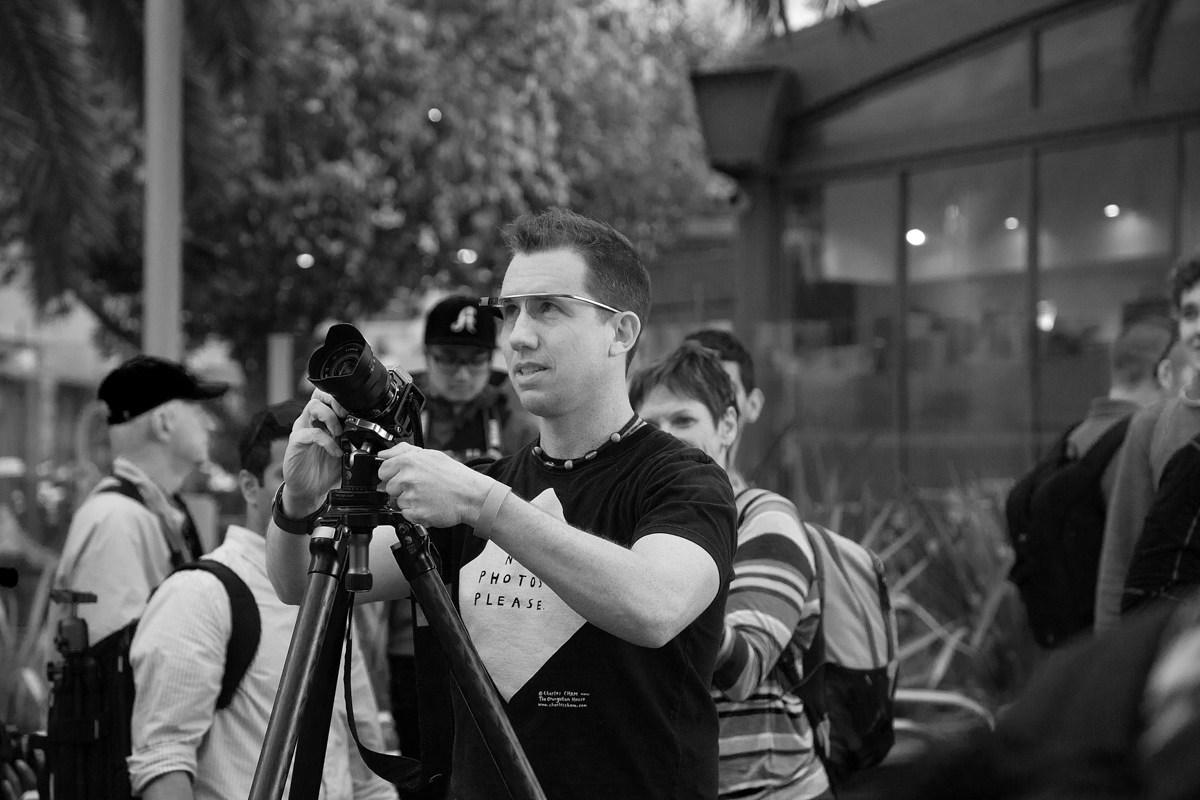
Full frame cameras such as the Canon 6D can produce a narrow Depth of field even at f/5.6 as seen in this photo of Trey Ratcliff.
Factor #2: F~Stop
This is the factor most people understand. The smaller the number the wider the aperture opens and the smaller the depth of field. Conversely the larger the f~stop number the smaller the aperture and the greater the depth of field. The number relation to the size of the opening can seem counter intuitive at first but there is a reason for that. The f~Stop is a numerical expression of the focal length of the lens divided by the size of the opening in the aperture. This is a standard expression in optics that was first used with telescopes hundreds of years ago.
I've often see people say why don't lens makers make a f/1-45 lens so that it can do everything. There are three problems with this. First, the lens would weigh so much you would not want to lug it around. Second, the lens would cost a small fortune. The third is caused by diffraction, which is when there are slight differences in how areas of the lens focus light and thus reduce the sharpness of an image. All lens designs are compromises between many factors, one of which is diffraction versus the maximum aperture. This means that the wider the lens opens the sooner diffraction degrades the image at the other end. That's why you'll often see f/1.4 lens only close down to f/16. Any smaller and the images wouldn't be worth having anyway.
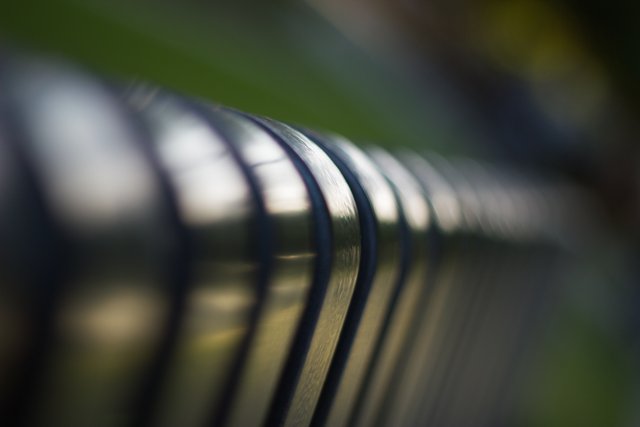
The Canon "Nifty-Fifty" 50mm f/1.8 shows the ability to narrow the Depth of Field at f/1.8 to a single rib of this park bench.
Factor #3: Focal length
Another overlooked factor that affects Depth of Field is focal length. It's very straight forward though. All other things equal the wider the lens the more depth of field it will produce. This is why wildlife photos taken with a 500mm lens at f/8 have blurred backgrounds but an ultra wide angel lens can have a majority of the image in focus at f/2.8. You can still produce an image with a narrow depth of field with wide angle lenses by using the next factor.
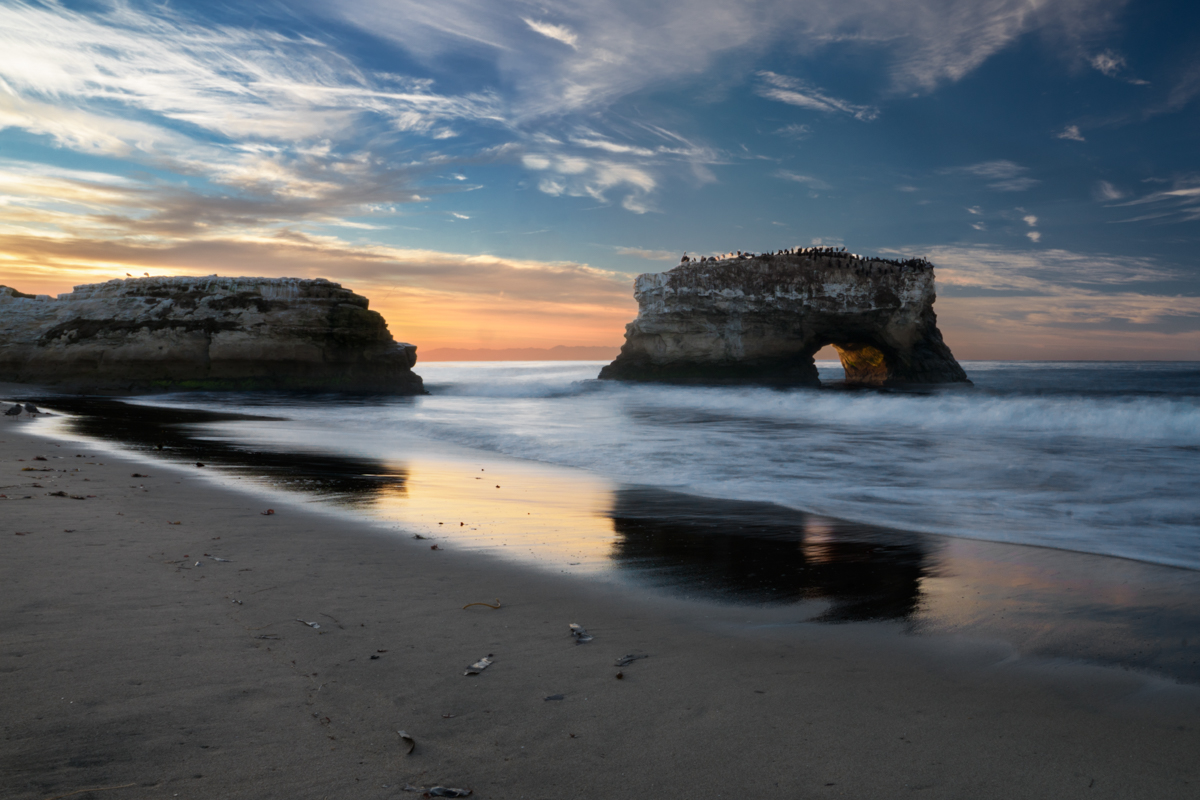
16mm tends to produce a large depth of field
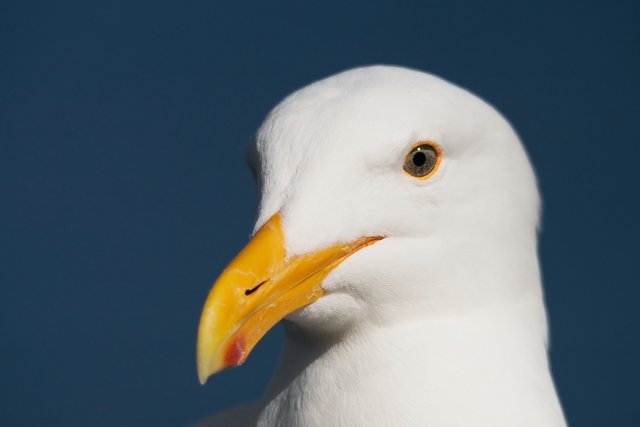
400mm produces a narrow depth of field
Factor #4: Distance to subject
The closer you get to a subject the narrower the depth of field a given focal length, f/stop, and sensor size will have. As I alluded in factor number 3, this will allow you to blur out the background with wide angle lenses by getting close to the subject. This also explains why macro photos are often taken at f/8 or higher f~stop numbers but still have ridiculously small depths of field.
There is a limit to this however. Every lens has a minimum focusing distance which is the closest to the subject you can get and still get a portion of the image in focus. Any closer and the lens optics simply can't focus. It's not a design flaw, just a fact that all optical designs are compromises of many factors.
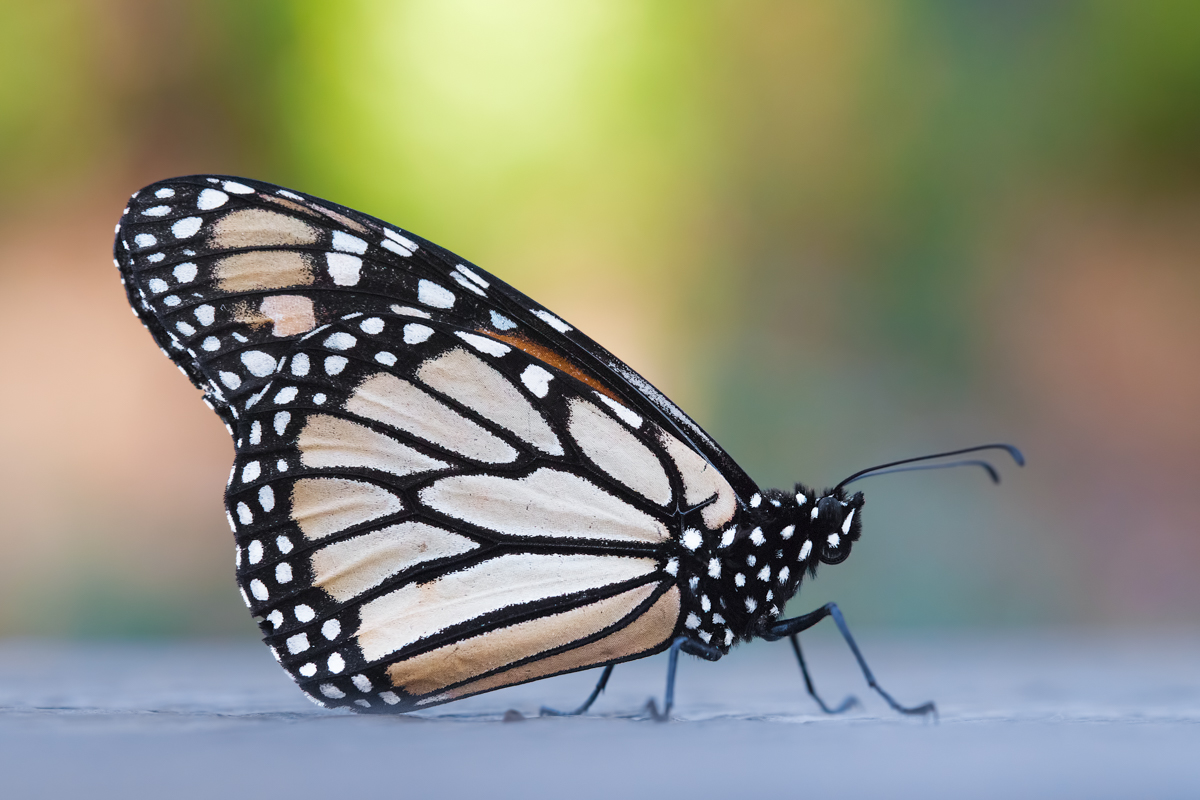
Macro distances can produce ridiculously narrow depths of field
Conclusion
If you made it this far without falling asleep you now have a better understanding of the different factors that affect one of the best storytelling tools you can use as a photographer, depth of field. In an upcoming post I'll explain how to take the knowledge you just gained and use it to tell a story with your image.
All photo's and writing by Randy Stiefer.
@originalworks
The @OriginalWorks bot has determined this post by @randystiefer to be original material and upvoted it!
To call @OriginalWorks, simply reply to any post with @originalworks or !originalworks in your message!
To nominate this post for the daily RESTEEM contest, upvote this comment!
For more information, Click Here!
What a great post as a average joe I found this understandable and quite informative. I appreciate that. There are a few of the things I am not familiar with, but everything has a learning curve. I really enjoy this platform for articles like your thank you for putting out such good content. I will be following and upvoting thanks.
Thank you @roverone
I intend to continue making these photography learning posts. I've had the privilege and the luck to learn from three great photographers over the years. It's time I start sharing what I learned.
I have to say thank you I will be watching for more. This is what I think is so great about this platform it really encourages people to share good knowledge. I am very appreciative of it. I love to learn new things especially from someone that really knows their trade.
If you can't explain it simply, you don't understand it well enough.
- Albert Einstein
Thank you @wise-old-man
Resteemed and 100% upvoted. Thank you for using my service!
Read here how the new bot from Berlin works.
@resteem.bot
This post recieved an upvote from minnowpond. If you would like to recieve upvotes from minnowpond on all your posts, simply FOLLOW @minnowpond Please consider upvoting this comment as this project is supported only by your upvotes!
Very magical pictures:)
Thank you @kadri
Thank you. I need to learn a LOT more about this sort of thing :)
You're welcome @monkeygentle
Just keep an eye out. I'll be posting lots more like this.
This post has received a 1.16 % upvote from @buildawhale thanks to: @randystiefer. Send 0.100 or more SBD to @buildawhale with a post link in the memo field to bid on the next vote.
To support our curation initiative, please vote on my owner, @themarkymark, as a Steem Witness
Useful guide @randystiefer. Upvoted, resteemed & DPS.
thank you @photo-trail